Spring is around the corner. We love this season because it falls after winter and before summer, so the weather is quite pleasant, and flowers start blooming. Everything looks beautiful in the surroundings. This is the time you need a fresh start and starting with your plumbing system is very crucial to protect against problems created by winter wear and tear and make sure your Spring plumbing maintenance system functions properly during the wet season.
In this article, we have created a simple and useful spring plumbing checklist to assist you stay ahead of issues:
- Check Your Sump Pump
When spring storms bring heavy rain, the best defence against basement flooding in your home is your sump pump. Make sure it works correctly by adding water to the sump pit and keeping an eye on it. If not, it might be time for a replacement or expert inspection.
Pro Tip: To avoid spring plumbing issues like water damage and mold growth, a functioning sump pump is essential.
- Clean Outdoor Drainage Spaces
Your outdoor drains may become clogged with leaves, branches, and other debris during the winter months. Water flows away from your house and the foundation can be maintained by cleaning these places early in the season.
- Switch on the Exterior Water Sources
Now that the freezing threat has passed, turn on your irrigation systems and outside faucets. Make sure to look for any indications of pipe damage throughout the winter months, including cracks, leaks, or decreased pressure.
- Look for Leaks Both Indoors and Outdoors
The spring is an excellent time to check for water stains or drips under sinks, behind toilets and around hose bibs. Small leaks can cause larger problems and waste hundreds of gallons of water.
- Check for Leaks or Cracks in your Toilet
Check that the flapper and float mechanisms are in good working order by looking inside your tank.
- Clear all Drains and Get Rid of any Blocks
Over time, debris such as hair, food, and oil buildup inside the drain pipes. These may eventually result in recurrent plumbing blockages. They can also produce unpleasant smells, depending on what was poured down the drain.
While cleaning the main drain line beneath sinks and removing the drain trap are doable DIY tasks, cleaning the pipes in your walls is more challenging. Rather, have all of the drain pipes that connect to your sewage main and the walls cleaned by your plumber.
- Check for Corrosion or Rust on the Water Heater
You should take out the aerator, which is the little circular portion that is attached to the faucet spout, if your faucets drip or if the water flows out slowly or in different directions. This unscrews in the opposite direction.
After its removal:
- Clean the screen and aerator after removing the white one.
- Put it back together and replace the faucet’s screw.
- To make sure the water flow is functioning properly, turn on the water.
Having your plumber install new fittings could be a smart move if your faucets exhibit rust, scale accumulation, or other ageing symptoms.
- Replace any Worn-out Gaskets, Aerators, Washers, or Aerator Screens
You should replace any worn-out components on your faucets as your next spring plumbing repair task. It is advised to replace the worn-out pieces while you are cleaning and checking them or if leaks persist. You might need to replace the fixture if it doesn’t work.
- Clean the Waste Disposal and Get Rid of any Clogs
Even after running the garbage disposal and letting water trickle down the drain after shutting it off, grease, food particles, and other debris may still be inside. To clean it, you can use garbage disposal cleaners.


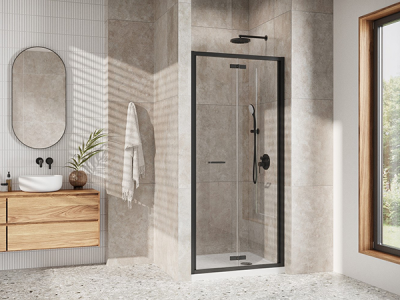
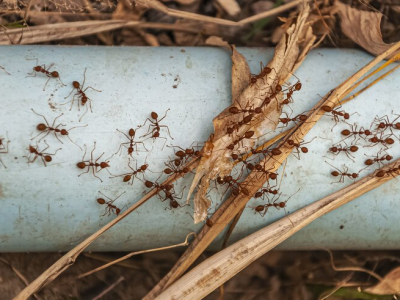
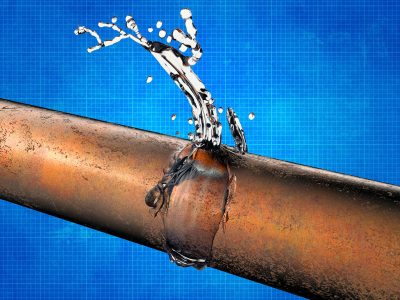

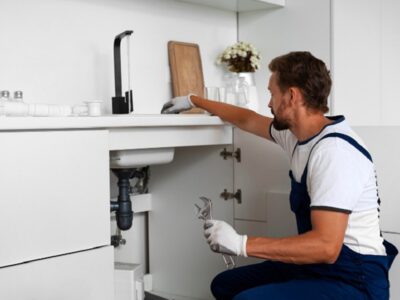
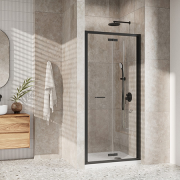


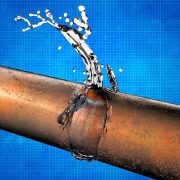

Comments